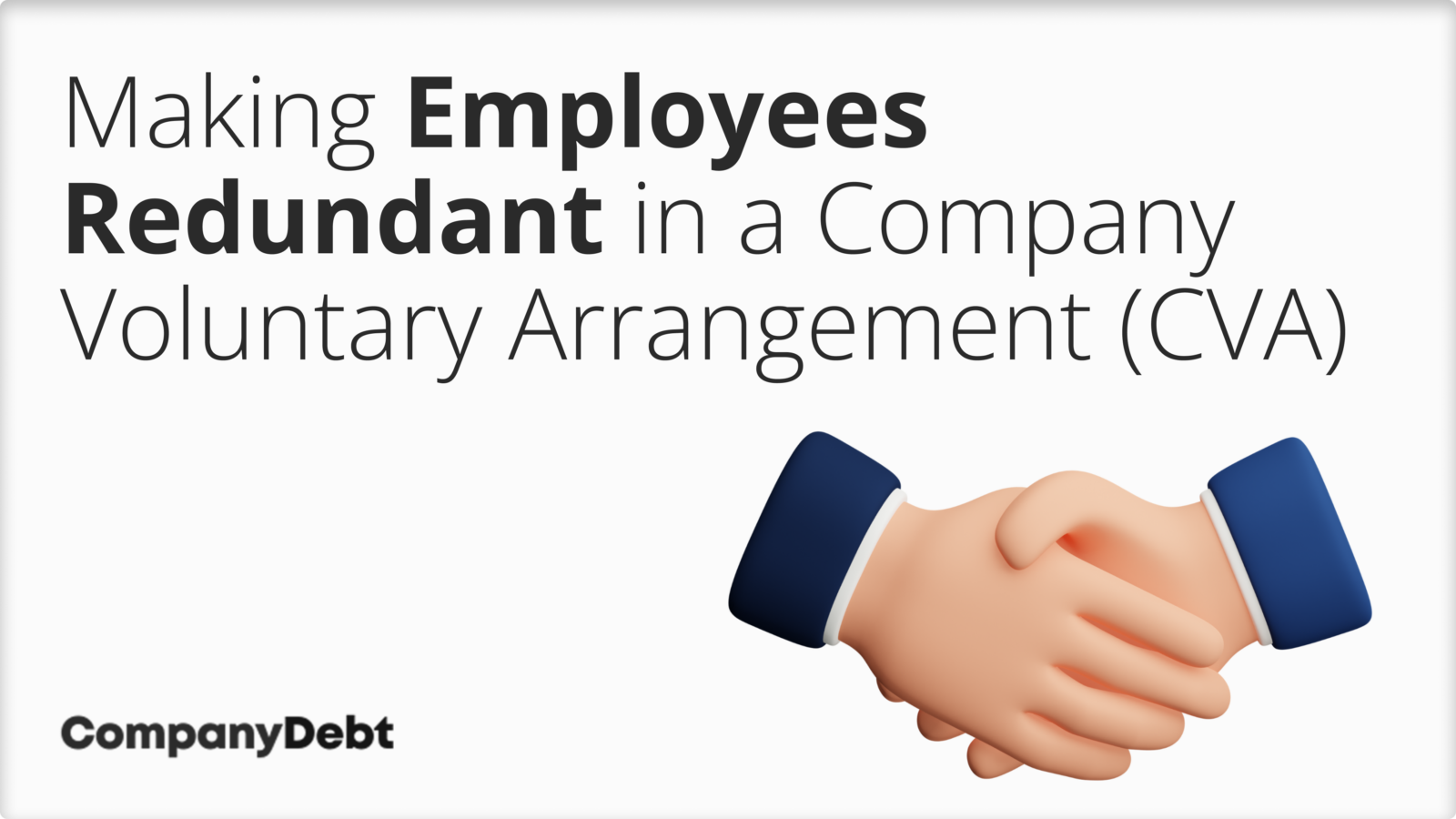Who Pays Redundancy Money? A Detailed Guide for Companies and Employees
Who Pays Redundancy Money? A Detailed Guide for Companies and Employees
Blog Article
Checking Out the Interaction In Between Company Redundancy and Business Adaptability for Future Growth
In the dynamic landscape these days's organization world, the elaborate relationship in between firm redundancy and business flexibility becomes a crucial element for continual growth and success. Firms commonly face the challenge of striking a delicate equilibrium between preserving a degree of redundancy to alleviate risks and cultivating adaptability to respond quickly to the ever-evolving market demands. This delicate interaction holds the key to not only making it through in stormy times yet also prospering when faced with uncertainty. As we explore the complex dimensions of this interaction, intriguing insights into how companies navigate these complexities to lead the way for future growth await.
Importance of Company Redundancy
Company redundancy is a vital component that boosts business strength and mitigates operational risks. By incorporating redundancy measures within the organizational structure, firms can much better hold up against unexpected disruptions and fluctuations in the company environment. Redundancy functions as a strategic barrier, allowing companies to adjust and react effectively to unforeseen challenges without compromising important procedures.
One trick element of the value of business redundancy is its function in guaranteeing connection throughout times of dilemma. When faced with abrupt modifications or emergencies, repetitive systems, sources, or personnel can tip in to keep important functions and prevent prevalent interruptions. This continuity not just safeguards the business's reputation and consumer depend on but additionally reduces economic losses and operational downtime.

Techniques for Organizational Versatility

Creating versatile business structures that allow for quick changes to market dynamics and client requirements is vital for staying competitive in a rapidly evolving setting. By proactively recognizing possible interruptions and chances, organizations can proactively prosper and adapt in an ever-changing service landscape.
Balancing Redundancy and Adaptability
Achieving a harmonious equilibrium in between operational redundancy and organizational adaptability is critical in navigating the intricacies of a dynamic organization atmosphere. Redundancy within a company gives a safeguard, making sure continuity and stability in procedures. Nonetheless, an extra of redundancy can lead to inadequacies and impede flexibility to altering market problems. On the other hand, business adaptability allows firms to react without delay to external disturbances and seize brand-new opportunities. Striking the ideal equilibrium between redundancy and flexibility is a delicate procedure that requires a deep understanding of the organization's objectives, industry dynamics, and threat tolerance.
To attain this equilibrium, firms require to perform normal assessments of their procedures to identify locations where redundancy is required for risk mitigation and where adaptability can drive innovation and growth. Implementing flexible frameworks, cultivating a society of continual discovering and renovation, and urging open communication across all levels of the organization are key techniques to harmonize redundancy and adaptability effectively. By straightening these 2 essential elements, firms can place themselves for lasting development and success in an ever-changing company landscape.
Study on Adjustment Success
In checking out circumstances of successful business adjustment, it becomes evident that the interaction between functional redundancy and flexibility is a defining factor in forming durable businesses. One engaging study is that of Netflix. Originally a DVD rental service, Netflix showed impressive versatility by transitioning into a streaming system when digitalization disrupted the sector. By tactically purchasing modern technology and material creation, Netflix not just made it through however prospered in a our website swiftly advancing market. Another standout instance is Amazon. Starting as an on-line bookstore, Amazon continually adapted its organization design, increasing into varied sectors such as cloud computer and expert system. This flexibility enabled Amazon to remain ahead of rivals and meet changing customer demands. Finally, Adobe gives a noteworthy image of successful adaptation. The firm shifted from offering software licenses to a subscription-based design, making certain recurring income streams and enhanced customer involvement. These case research studies emphasize the value of operational redundancy coupled with organizational versatility in cultivating long-term growth and competitiveness.
Building Durability for Future Growth
Building resilience for future growth requires a strategic placement of functional procedures with market dynamics and emerging trends. Companies must adjust to altering atmospheres by fostering a society of adaptability, technology, and constant enhancement. Resilience entails not just jumping best site back from obstacles yet additionally proactively getting ready for future obstacles. One essential aspect of structure durability is investing in durable danger administration approaches to alleviate prospective disruptions. This consists of scenario preparation, branching out supply chains, and developing backup prepare for numerous contingencies (who pays redundancy money).
Additionally, fostering solid relationships with stakeholders, such as clients, staff members, providers, and the area, is necessary for preserving and weathering unpredictabilities trust and support throughout turbulent times. Efficient interaction and transparency play an important duty in building durability, as they aid line up assumptions and facilitate collaboration in navigating uncertainties.
In addition, organizations need to prioritize discovering and growth initiatives to upskill employees and furnish them with the needed devices to adjust to changing situations. By purchasing their labor force, firms can boost their adaptability and agility, ultimately enhancing their durability for lasting future development.
Verdict

In the vibrant like this landscape of today's business world, the detailed relationship between firm redundancy and organizational versatility arises as a vital element for continual development and success. Companies typically encounter the obstacle of striking a delicate balance between maintaining a level of redundancy to minimize risks and fostering versatility to react promptly to the ever-evolving market needs.To achieve this balance, companies need to carry out normal analyses of their procedures to determine areas where redundancy is required for danger reduction and where flexibility can drive innovation and growth.In conclusion, the interplay between business redundancy and organizational versatility is critical for future development. Structure resilience through a combination of redundancy and adaptability will guarantee that business are prepared for the difficulties of the future.
Report this page